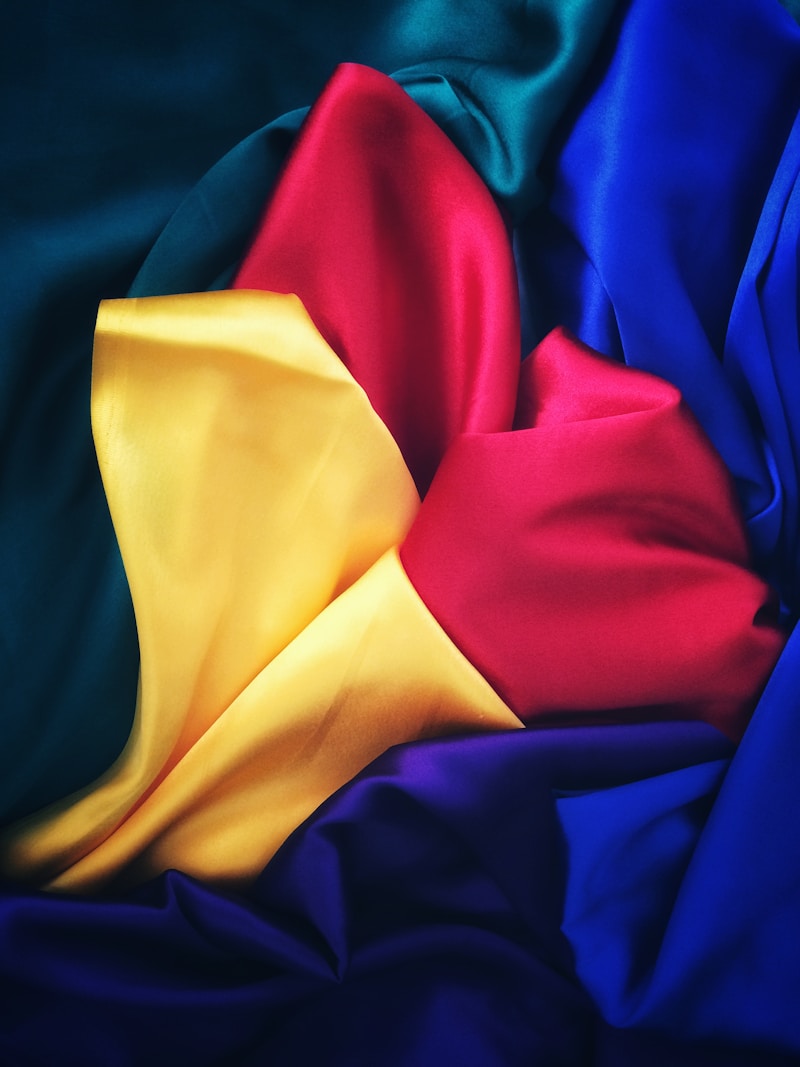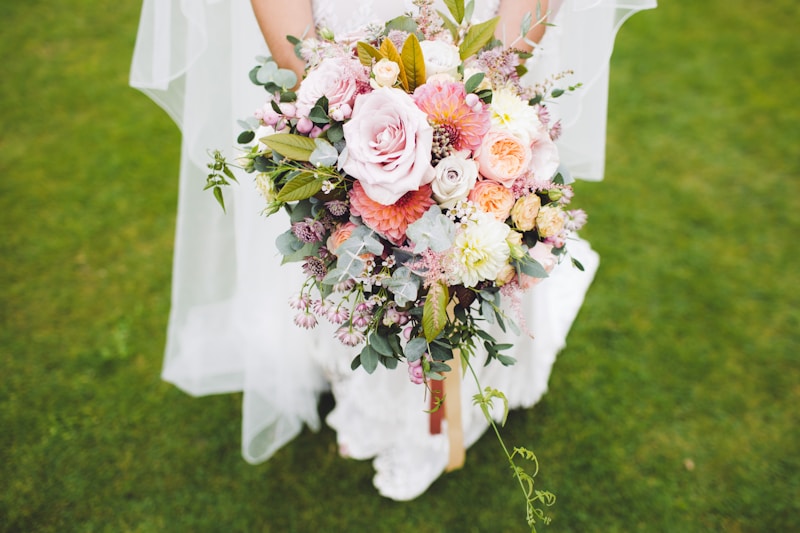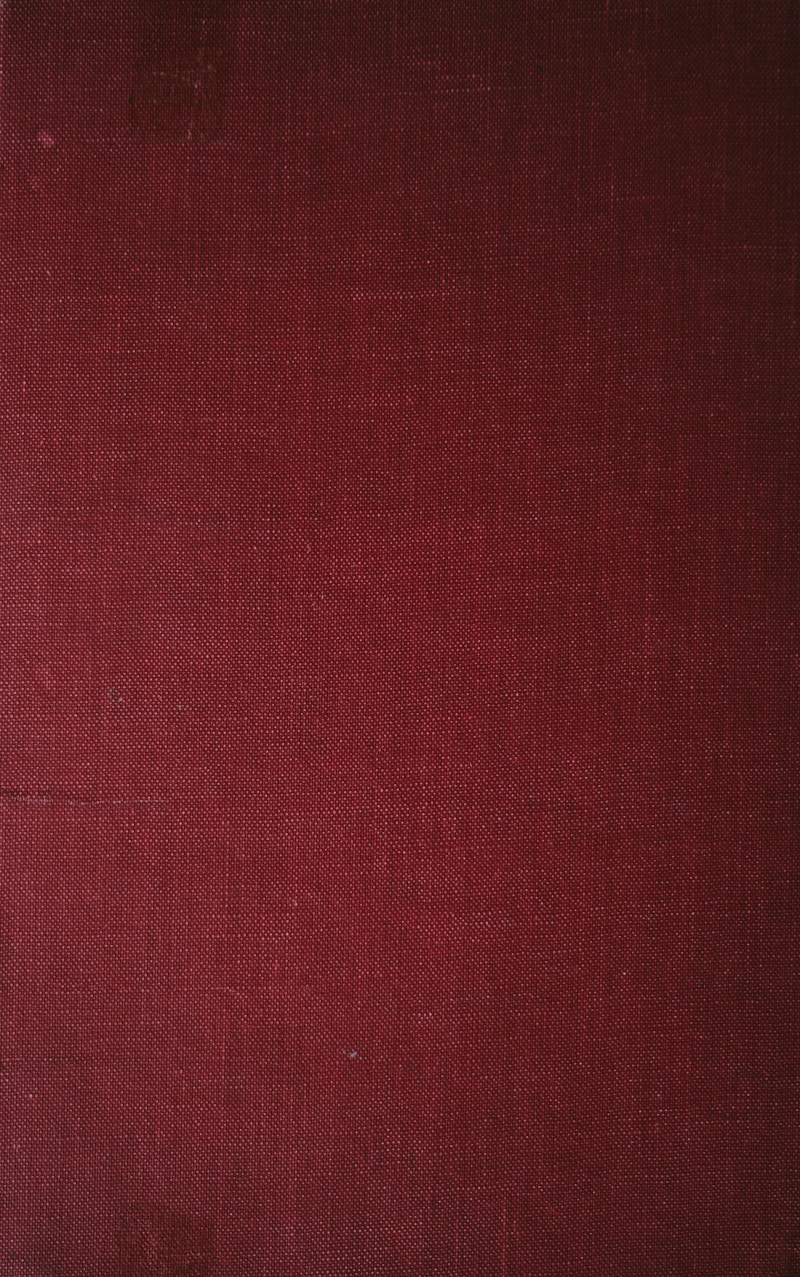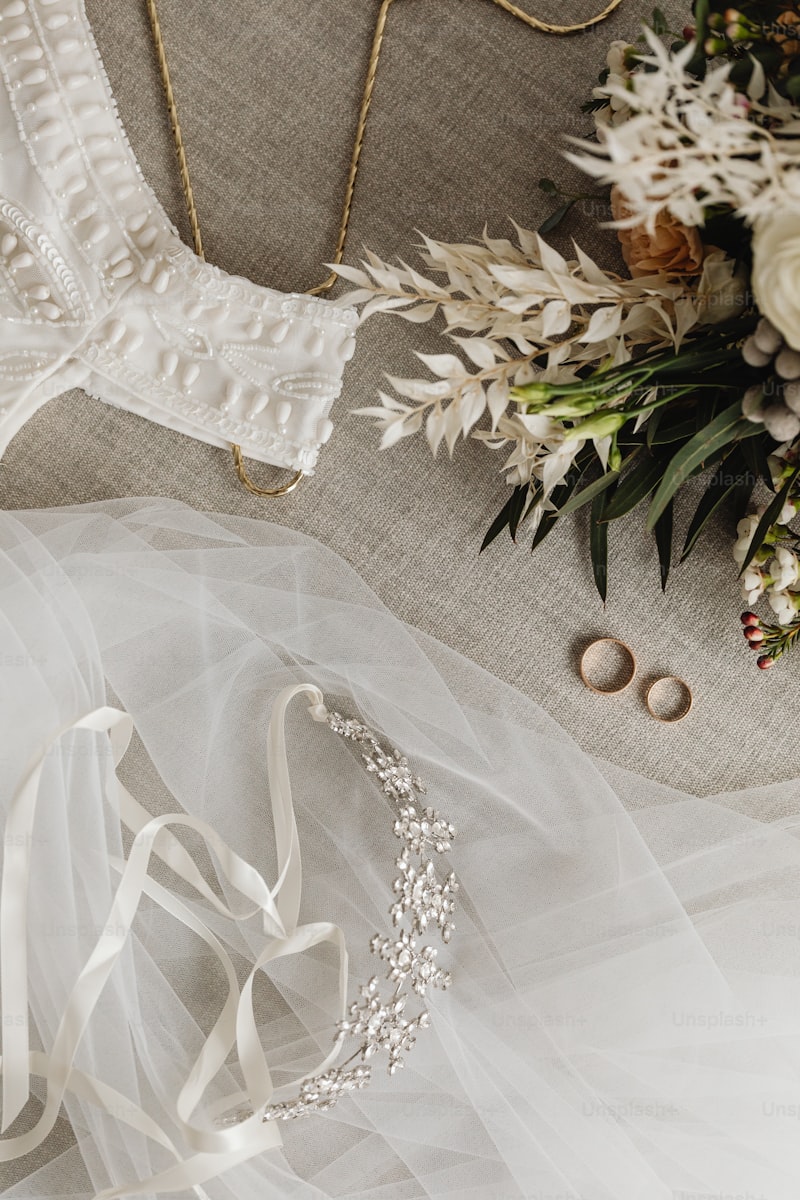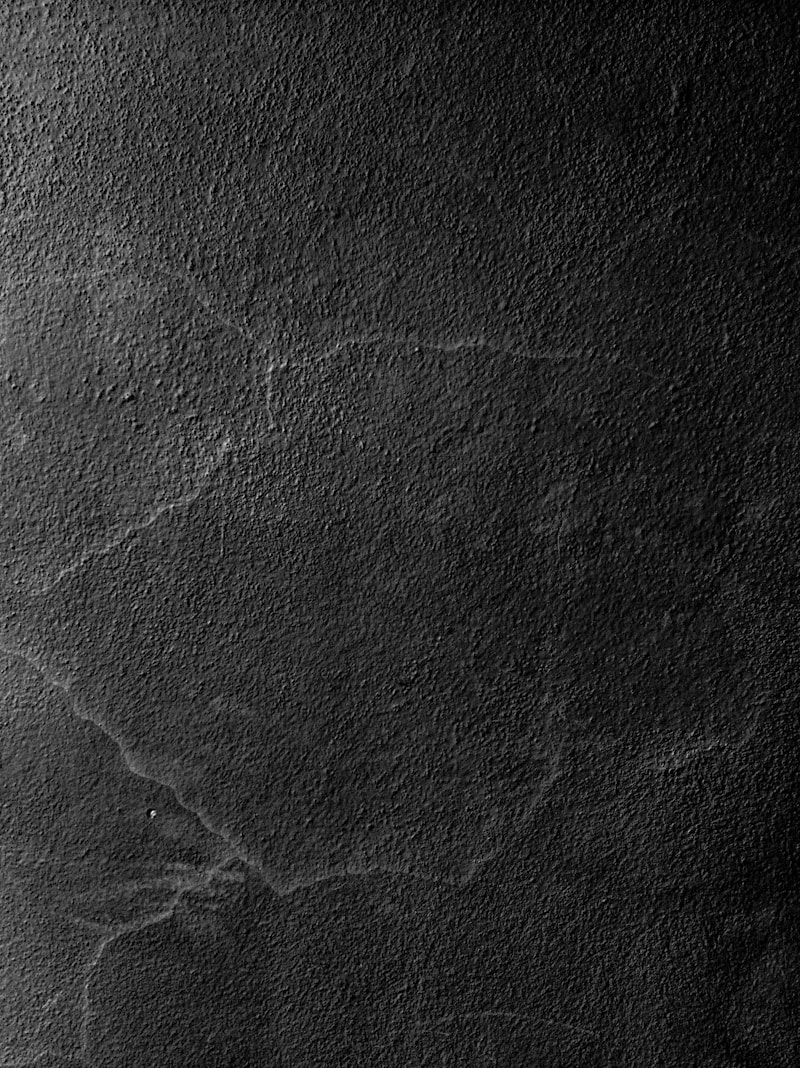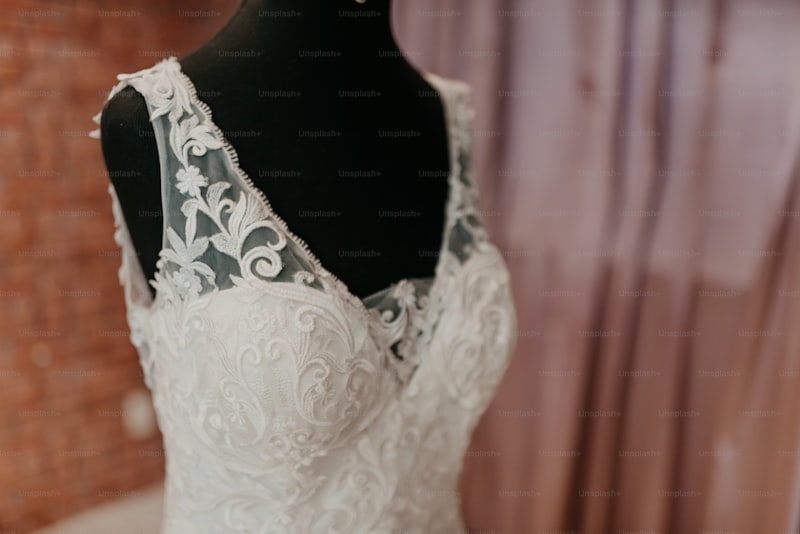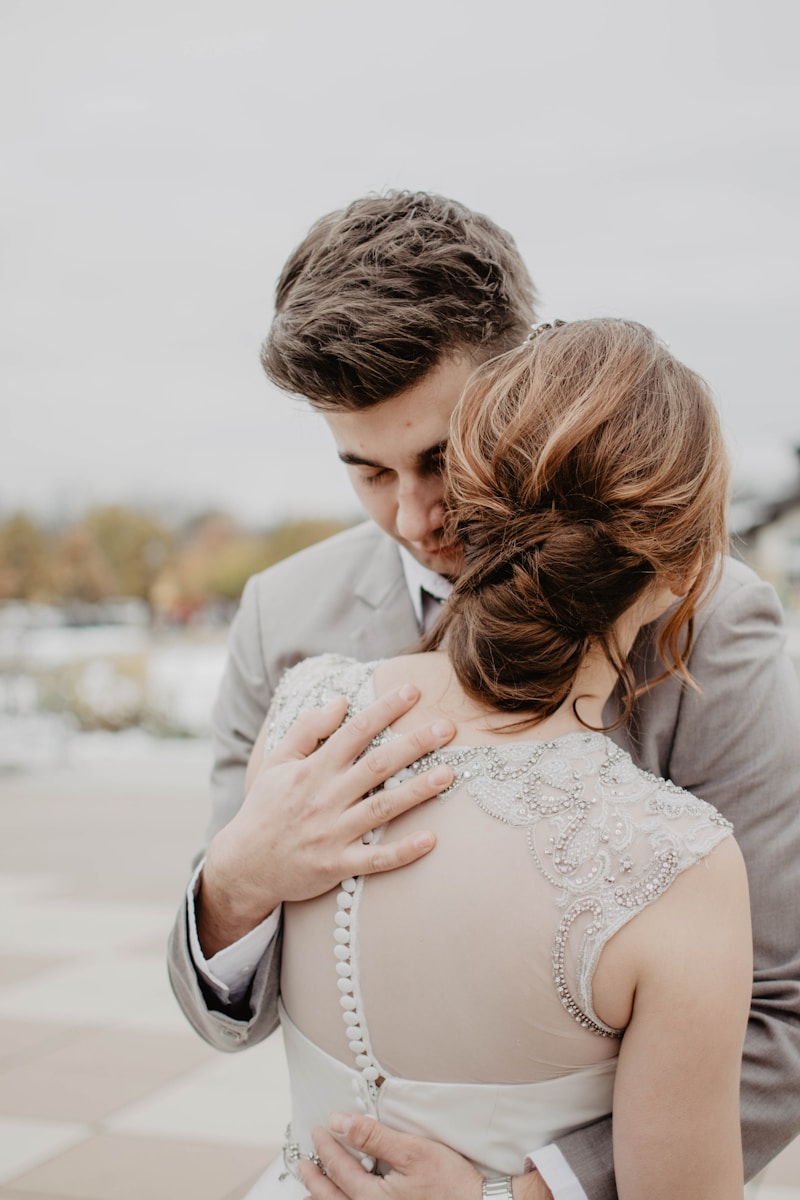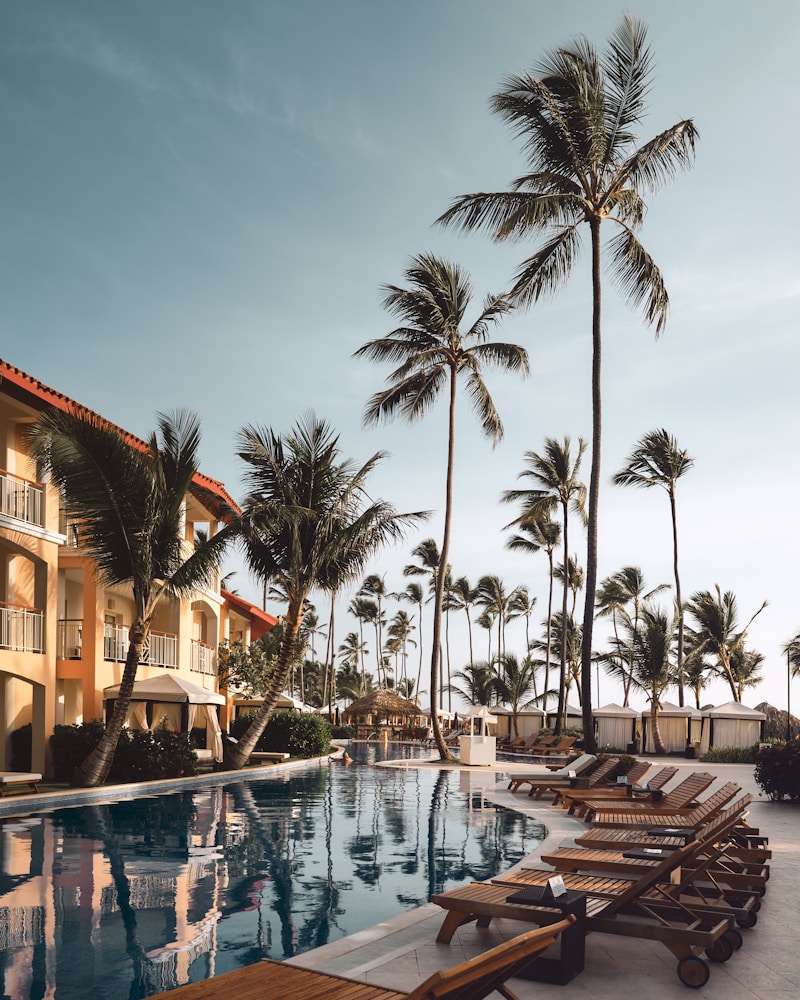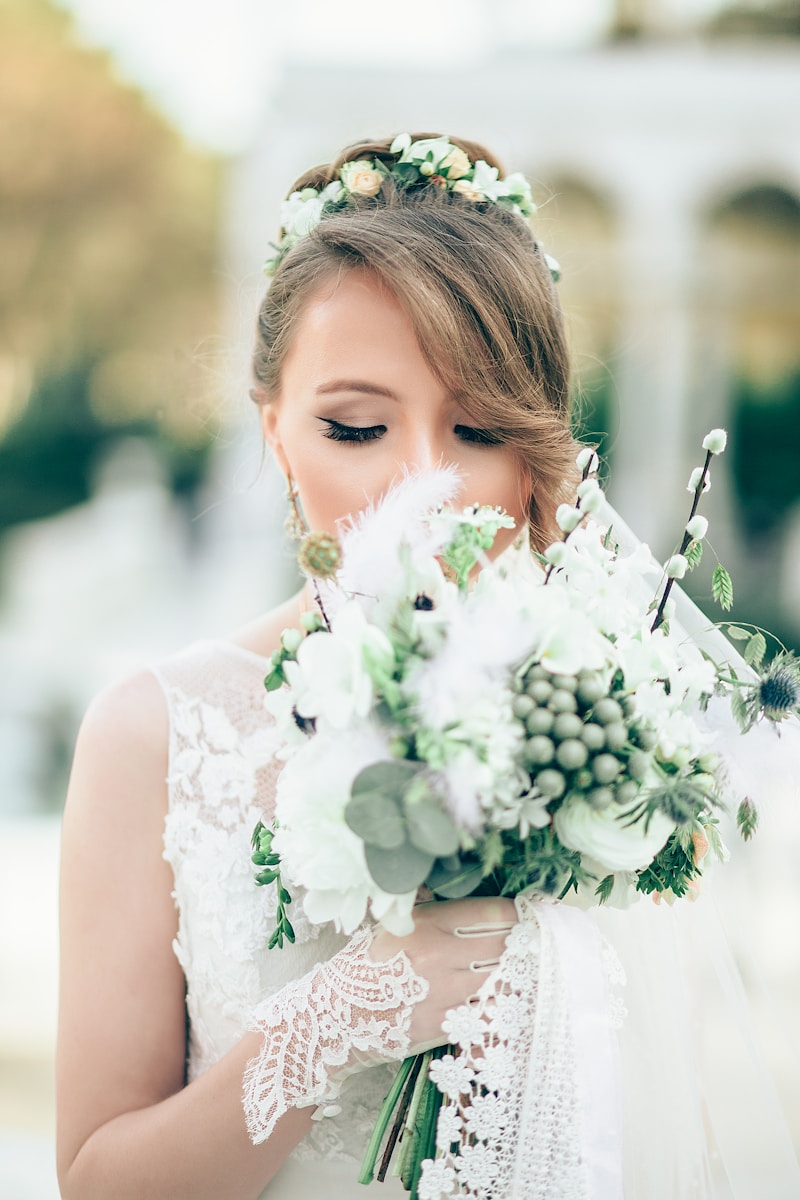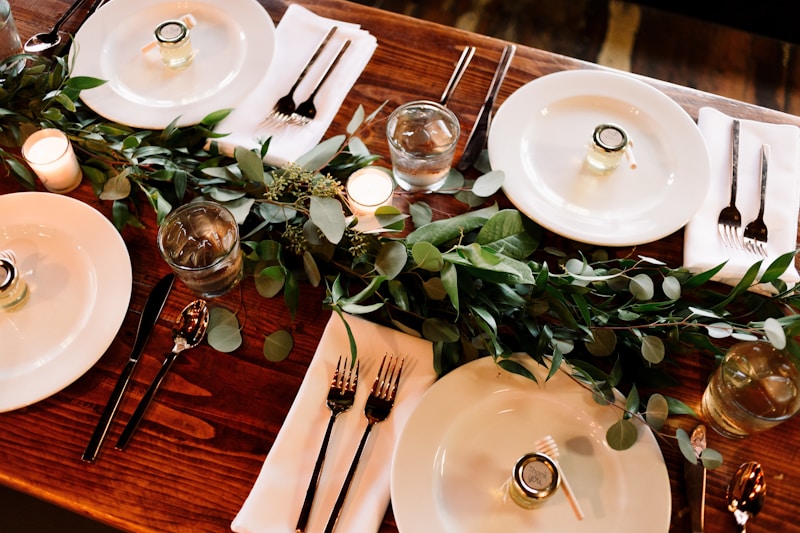Unveiling the Ethereal Qualities of Organza: A Comprehensive Guide
What is Organza?Organza is a thin, plain weave, sheer fabric traditionally made from silk. However, contemporary organza can also be manufactured from synthetic fibers such as polyester and nylon. Its delicate appearance, lightweight nature, and crispness make it a popular choice in fashion and home decor. This article delves into the ethereal qualities of organza, exploring its history, uses, and tips for care and maintenance.The History of OrganzaOrganza has a rich and fascinating history, dating back to ancient China, where it was first woven around the 6th century AD. Originally crafted from silk, organza was reserved for the elite and used in ceremonial garments. Its popularity spread across Asia and eventually to Europe in the 17th century, where it was utilized in luxurious gowns and bridal attire. Today, organza remains a favored fabric among designers and consumers alike, known for its elegant and ethereal qualities.The Ethereal Qualities of OrganzaOrganza is renowned for several key features that contribute to its ethereal reputation: Lightweight: Organza is incredibly light, providing a floating appearance that enhances the gracefulness of garments and decorations. Transparency: This sheer fabric allows light to pass through, creating a soft and dreamy aesthetic that is perfect for layering. Stiffness: Unlike other sheer fabrics, organza has a certain crispness that holds its shape well, making it ideal for structured designs. Versatility: Organza can b...
Understanding Weight and Comfort in Wedding Dress Fabrics
Introduction to Wedding Dress FabricsChoosing the right fabric for your wedding dress is essential not just for aesthetics, but also for comfort and wearability throughout your special day. Many brides focus on the look of their dress, often overlooking how the weight and comfort of various fabrics can significantly affect their overall experience. In this article, we will delve into the different types of wedding dress fabrics, their weights, comfort levels, and how to choose the right one for your big day.Types of Wedding Dress FabricsWedding dresses can be made from a variety of fabrics, each offering unique characteristics that contribute to the final look and feel of the gown. Here are some of the most common wedding dress fabrics: Satin: A luxurious fabric that has a glossy finish, satin is often heavier, which allows it to fall beautifully on the body. Tulle: Known for its lightness and airy feel, tulle adds volume and delicacy to dresses, perfect for a dreamy look. Lace: Often used as an overlay, lace adds texture and intricate details, but can vary in weight depending on the type. Chiffon: Lightweight and sheer, chiffon drapes beautifully but may require lining for added comfort. Organza: Similar to tulle but a bit more structured, organza is crisp and adds volume without too much weight. Silk: Renowned for its luxurious feel, silk is soft, lightweight, and elegant, making it a popular choice for many brides.Weight MattersThe weight of wedding dress...
Building a Fabric Swatch Book for Brides: A Complete Guide
Understanding the Importance of a Fabric Swatch Book for BridesChoosing the perfect fabric for a wedding gown or bridesmaid dresses can be a daunting task for many brides. With countless options available, brides often find themselves overwhelmed by choices ranging from satin to chiffon, lace to tulle. One effective way to simplify this process is by creating a fabric swatch book. This comprehensive guide will walk you through the steps of building a fabric swatch book tailored specifically for brides, along with tips, tricks, and additional insights to make the selection easier.What is a Fabric Swatch Book?A fabric swatch book is essentially a collection of fabric samples that helps brides visualize and compare different materials for their wedding attire. It serves as a tangible reference that brides can take with them as they shop, ensuring they can easily recall the feel, color, and drape of the fabrics they are considering.Why a Swatch Book is Essential for BridesThere are several reasons why brides should consider creating a fabric swatch book:Visual Comparison: A swatch book allows brides to compare various fabrics side by side, helping them make informed decisions.Tactile Experience: Seeing and touching the fabrics can help brides get a better understanding of how they behave and feel wear.Consistency: Having a swatch book ensures that color and texture remain consistent when discussing designs with dressmakers and boutiques.Quick Reference: When shopping at multiple ...
The Evolution of Wedding Fabric Choices Through Decades
Wedding fabrics have seen a remarkable evolution over the decades, mirroring changes in fashion, societal norms, and technology. As couples increasingly seek personalized and unique wedding experiences, understanding the journey of wedding fabric choices can help make informed decisions about modern celebrations. In this article, we will explore the evolution of wedding fabrics, focusing on key trends from the 1920s to today, and offer insights and tips for choosing the perfect fabric for your special day.Historical Overview of Wedding FabricsThe choice of materials for wedding attire has always been influenced by a range of factors including culture, weddings' significance, technological advancements, and celebrity influences. Let's take a closer look at how wedding fabrics have evolved over the decades.1920s: The Rise of SimplicityThe 1920s marked a significant shift in wedding fashion, where simplicity took precedence. Silks and satins became popular, but brides often opted for lightweight fabrics that allowed for movement. Modest A-line silhouettes were common, often embellished with lace and beads. The iconic flapper style began to influence bridal wear, leading many to incorporate intricate patterns and drop waistlines. The fabrics of choice were:FabricFeaturesPopular UsageSilkLuxurious and smoothBridal gownsSatinShiny finishVeils and sashesLaceDelicate and intricateOverlay and accents1930s: Glamour and EleganceThe glamour of Hollywood heavily influenced wedding fashion...
Unlocking the Secrets of Fabric Texture Exploration: A Comprehensive Guide
Understanding Fabric Texture ExplorationFabric texture exploration refers to the in-depth study of the various textures and patterns present in different textiles. This journey through the tactile and visual aspects of fabrics can greatly influence the fields of fashion design, interior decor, and art. In this article, we will explore the fascinating world of fabric textures, the techniques used for their exploration, and the impact they have on our everyday lives.The Importance of Fabric TextureTexture in fabrics is not merely a stylistic choice; it plays a pivotal role in the feel, appearance, and functionality of textiles. Various textures can evoke certain emotions, create unique looks, and enhance or detract from the overall aesthetic of a piece. For designers and consumers alike, understanding fabric textures is essential in making informed decisions.Types of Fabric TexturesThere are numerous types of fabric textures, each coming with its own distinct characteristics. Below, we outline some common fabric textures:Fabric TypeDescriptionSilkA luxurious, smooth texture that drapes beautifully.CanvasDurable and coarse, commonly used for bags and upholstery.VelvetSoft and plush, often used in evening wear and home decor.LinenRougher texture; breathable and perfect for summer clothing.DenimA sturdy and often thick fabric, typically used for jeans.How to Explore Fabric TexturesExploring fabric textures can involve multiple approaches, from tactile assessments to visual compari...
Exploring Wedding Gown Material Variations: A Comprehensive Guide for Brides
Choosing the perfect wedding gown is one of the most significant decisions for a bride-to-be. With countless styles, silhouettes, and embellishments to consider, understanding the various wedding gown material variations is essential for making an informed choice. This article will explore the most popular materials used in wedding gowns, their characteristics, and the advantages and disadvantages of each. Whether you’re looking for a lightweight fabric for a summer wedding or a luxurious option for a winter ceremony, we’ve got you covered.The Importance of Wedding Gown MaterialsWhen selecting a wedding gown, the material plays a crucial role in the overall aesthetic, comfort level, and suitability for the wedding theme. Factors such as the season, venue, and even the bride's personal style all contribute to the choice of fabric. Below, we delve into the various types of materials available for wedding gowns.1. SilkSilk is a luxurious and timeless fabric that has been a favorite among brides for centuries. Known for its smooth texture and natural shimmer, silk drapes elegantly and flatters the figure.Advantages:Luxurious feel and appearanceExcellent draping qualitiesBreathable and comfortableDisadvantages:Can be expensiveMay require dry cleaningSensitive to humidity and can wrinkle easily2. TaffetaTaffeta is a crisp, smooth fabric that holds its shape well, making it ideal for structured gowns. It’s often used for ball gown silhouettes and features a slight sheen that adds el...
Choosing the Right Fabric for Bridal Wear: A Comprehensive Guide
Introduction: The Importance of Fabric in Bridal WearWhen planning a wedding, every detail counts, and one of the most crucial elements of a bride's look is the fabric of her wedding dress. Choosing the right fabric for bridal wear can make or break the overall aesthetic, comfort, and functionality of the gown. This article will explore various fabrics, their properties, and tips on how to select the perfect material for your big day.The Role of Fabric in Bridal WearFabrics not only contribute to the style but also affect the comfort and movement of the bride throughout the wedding ceremony. The right fabric can enhance the fit of the gown, lend itself to different silhouettes, and ultimately impact how a bride feels on her special day. Here’s a look at some key factors to consider when selecting a fabric for your bridal wear:FactorDescriptionComfortThe fabric should feel good against the skin and allow for movement.SeasonalityDifferent fabrics suit different seasons, aiding in temperature regulation.SilhouetteThe choice of fabric can influence how a dress hugs the body and its overall shape.MaintenanceConsider how the fabric will hold up over time and its ease of cleaning.Popular Fabrics for Bridal WearThere are several popular fabrics that brides typically choose for their wedding dresses. Each fabric has unique characteristics that may fit different styles and preferences.1. TulleTulle is a lightweight, sheer fabric often used for layering in skirts, veils, and overskirts....
Silk vs. Satin: A Comprehensive Fabric Comparison
IntroductionWhen it comes to choosing fabrics for clothing, home decor, or luxury items, two materials often come to the forefront: silk and satin. Both have their unique characteristics, benefits, and applications, but understanding how they compare is crucial for making an informed choice. In this article, we will explore everything you need to know about silk and satin, serving as your go-to guide for fabric comparison.What is Silk?Silk is a natural fiber produced by silkworms, primarily the larvae of the moth species Bombyx mori. Renowned for its luxurious feel and sheen, silk has been a coveted fabric for thousands of years. Its smooth texture and natural drape make it ideal for a wide range of applications, from high-end fashion to exquisite home furnishings. The most common types of silk include: Mulberry Silk: The most popular and highest quality silk, known for its fine and soft texture. Tussah Silk: Wild silk that has a rougher texture and is usually less expensive. Charmeuse Silk: A lightweight silk fabric that is soft and luxurious, commonly used in clothing.What is Satin?Satin, on the other hand, is a weave that can be made from various fibers, including silk, polyester, and nylon. While satin does not refer to a specific fiber like silk does, it is known for its glossy surface and dull back. The satin weave produces a beautiful sheen that is often mistaken for silk. Common types of satin include: Silk Satin: The highest quality satin, made from silk ...
Discover the Elegance of Breathable Fabrics for Wedding Dresses
Choosing the perfect wedding dress is a monumental task for any bride, but understanding fabric options can elevate that experience. One of the most significant considerations is the breathability of the fabric, especially for weddings held during warmer months or in tropical locations. In this article, we will explore various breathable fabrics for wedding dresses, their benefits, and why the choice of fabric is crucial for comfort and style on your big day.Why Breathable Fabrics MatterBreathability in fabrics refers to the ability of the material to allow air and moisture to pass through, which is crucial for maintaining comfort in various weather conditions. For brides who want to feel comfortable while looking stunning, breathable fabrics are essential. Here are a few reasons why: Comfort: Breathable fabrics allow for air circulation, helping brides stay cool and comfortable throughout their wedding day. Temperature Regulation: Fabrics that breathe help regulate body temperature, essential for outdoor weddings or during warm seasons. Reduced Sweating: Enhanced airflow reduces sweating, allowing brides to feel fresh and confident.Popular Breathable Fabrics for Wedding DressesWhen it comes to selecting a breathable fabric for your wedding dress, here are some top choices: Fabric Benefits Chiffon Lightweight and air permeable, providing a soft drape. Lace Offers elegance and sophisticated detailing while allowing airflow. Tulle Creates volume...
Luxurious Lace in Bridal Dressmaking: The Key to Stunning Wedding Gowns
Introduction to Luxurious Lace in Bridal DressmakingWhen it comes to wedding gowns, the word luxurious is often synonymous with lace. Luxurious lace in bridal dressmaking has the power to transform a simple design into an exquisite masterpiece. With its delicate patterns and intricate designs, lace offers a romantic and timeless appeal that brides crave. In this article, we will explore the enchanting world of luxurious lace, its origins, and how it plays a critical role in bridal dressmaking.Understanding Lace: A Look into Its History and TypesLace has been a coveted embellishment for centuries, tracing its roots back to the 15th century in Europe. Originally, lace was hand-made and crafted using intricate techniques that required immense skill and craftsmanship. Today, lace is produced in various forms, each with unique characteristics. Below are some common types of lace you will encounter in bridal dressmaking:Type of LaceDescriptionChantilly LaceLightweight and delicate, known for its floral motifs and fine netting.Alençon LaceCharacterized by a heavy cord outline and floral patterns, providing texture and depth.French LaceAn elegant choice that combines traditional crafting techniques with modern designs.Venise LaceStiff and embroidered lace that maintains its shape, often used for appliqué.Bridal LaceSpecifically designed for wedding gowns, available in various styles and patterns.The Allure of Luxurious Lace in Bridal GownsBrides often envision themselves in a gown th...
The Role of Tulle in Wedding Gowns: A Timeless Fabric for Elegant Bridal Attire
When it comes to wedding gowns, every detail matters. One of the most beloved fabrics in bridal fashion is tulle. This lightweight, delicate netting has been a staple in wedding dress designs for centuries. In this article, we will explore the role of tulle in wedding gowns, its history, benefits, and why brides continue to choose it for their special day. Whether you are a bride-to-be or simply fascinated by wedding fashion, understanding tulle's significance can enhance your appreciation for bridal couture.What is Tulle?Tulle is a fine, typically starched netting that can be made from a variety of fibers, including silk, nylon, polyester, and organza. Its airy texture and ethereal quality make it perfect for creating soft, romantic silhouettes. Traditionally used for veils and petticoats, tulle has evolved into a fundamental element of modern wedding gowns. It is available in various colors, although ivory and white remain the most popular choices for brides.Historical Significance of Tulle in Wedding FashionThe use of tulle can be traced back to the early 19th century. Originally used in the construction of ballet tutus, this delicate fabric quickly found its way into the world of bridal fashion. In 1840, when Queen Victoria wed Prince Albert, she famously donned a white gown adorned with a tulle veil, setting a trend that continues to this day. As more brides sought to emulate her style, tulle became synonymous with elegance and grace, solidifying its place in wedding att...
Chiffon’s Flowy Elegance for Brides: The Ultimate Guide to Choosing Chiffon Wedding Dresses
Introduction to Chiffon Wedding DressesFor brides looking for a touch of elegance and romance on their special day, chiffon wedding dresses offer a perfect choice. Known for their lightweight material and graceful draping, chiffon gowns create an ethereal look that enhances the beauty of every bride. This article delves deep into why chiffon is a favored fabric for brides, its benefits, styling options, and much more.Why Choose Chiffon for Your Wedding Dress?Chiffon, a soft, sheer fabric, has become a popular choice among brides for various reasons:Lightweight and Breathable: Chiffon is extremely light, making it ideal for warm weather weddings or beach ceremonies. Its breathability ensures comfort throughout the day.Elegant Draping: Chiffon flows beautifully, allowing for stunning draping and movement. This creates a dreamy, romantic effect as the bride walks down the aisle.Versatile Styles: Whether you prefer a fitted silhouette or a flowy A-line, chiffon can be tailored to suit any style. It holds its shape well while allowing for intricate designs.Timeless Appeal: Chiffon has been a staple in bridal fashion for decades. Its classic elegance ensures that brides always look timeless.Styling Your Chiffon Wedding DressStyling your chiffon wedding dress can vary greatly based on your personal preferences and the overall theme of your wedding. Here are some ideas:1. AccessoriesPair your chiffon gown with delicate, understated accessories. Opt for a set of pearl earrings or a si...
